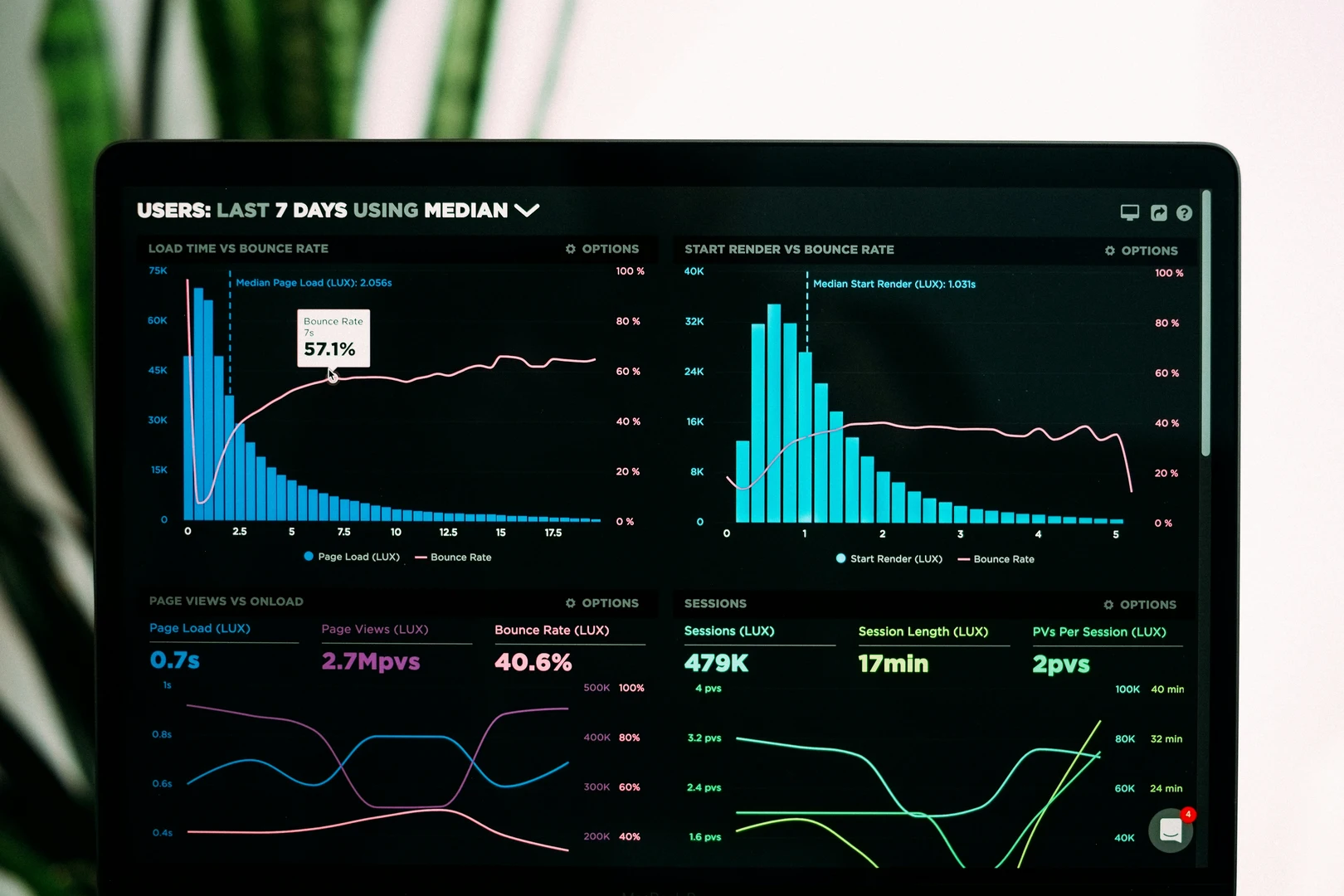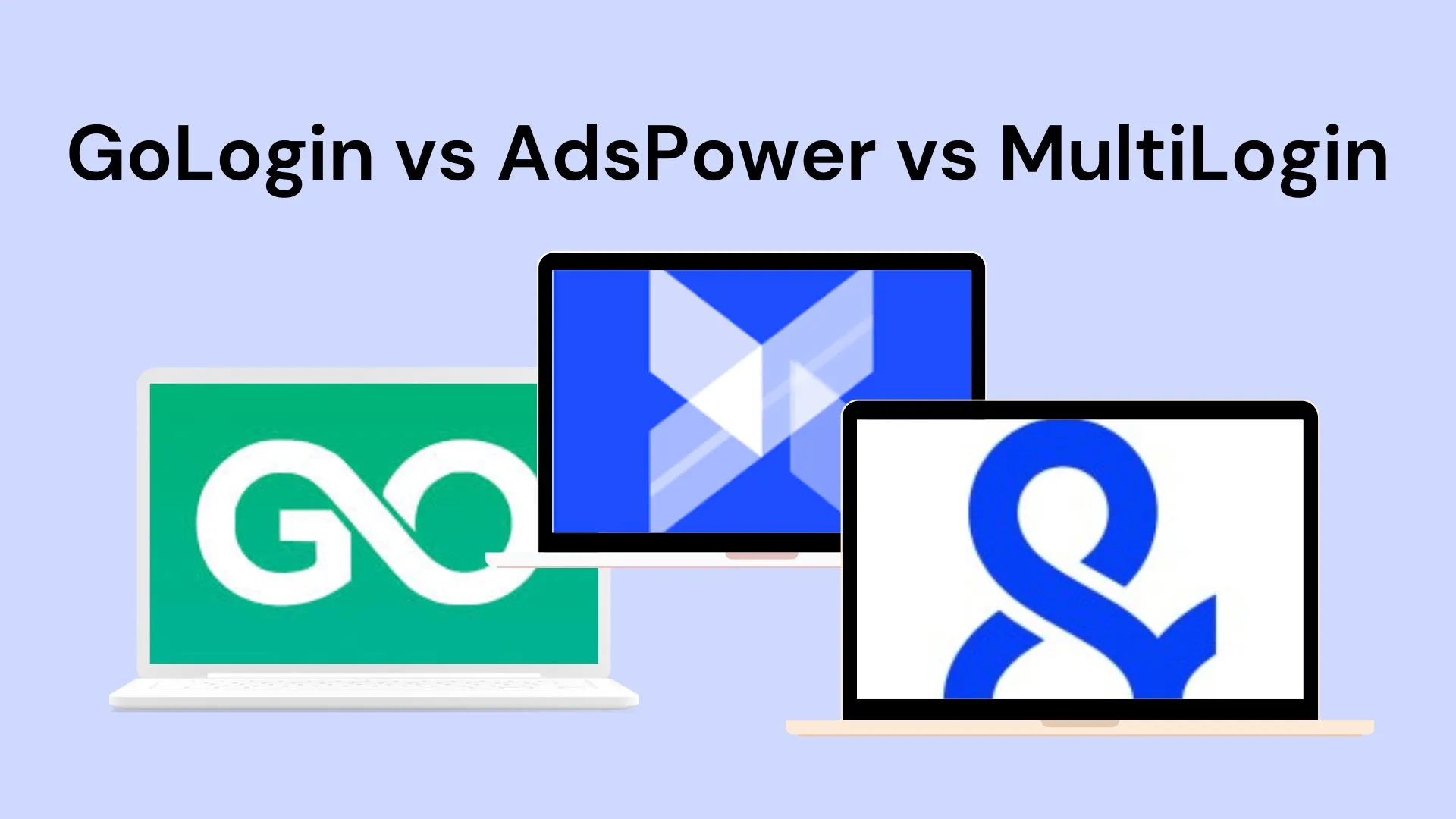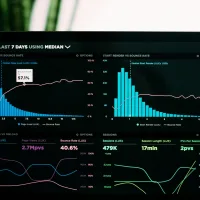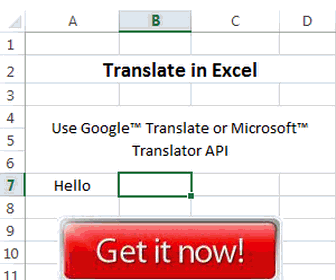Let’s picture this, you are an online store owner who makes sales year after year. Even amidst a constant flow of transactions, you find yourself in the dark, unaware of your customer behavior, the number of website visits, or even customers who add a product to their cart and abandon it without purchasing. It’s just like selling blindly and keeping your fingers crossed.
But fear not, some metrics can help you track your progress, understand your customer behavior, and achieve your business goals. Which will lead to an increase in conversion rates.
So, do you want to start an eCommerce business online, a subscription box business, or grow your blog traffic? Regardless of the type of eCommerce business model, we are here to guide you.
In this article, we will give you a comprehensive guide on 15 important eCommerce metrics you should measure for the success of your online store, the difference between a Metric and KPI, and the importance of using metrics in your eCommerce store,
You may be wondering what metric means. Let’s break it down.
What is a Metric?
According to the Collins Dictionary, a metric is a standard for measuring or assessing something.In business, metrics are quantifiable measurements used to measure the performance of a business. Typical examples of metrics are an increase in website traffic and a decrease in bounce rate.
What is eCommerce Metrics?
eCommerce Metrics are key indicators used to measure the performance and success of an online retail business. These metrics help provide data to set accurate and achievable goals.
Additionally, eCommerce metrics could be how often your website visitors are making purchases, how much people tend to order at one time, customer satisfaction, and average order value.
At the initial stage of your business, your main goal may be to start selling things as fast as you can and make a profit. But to grow a successful online business, you need to track key metrics from the beginning. Doing this will show you how well your business is doing, and what you can do to make it better.
What is an eCommerce KPI?
Key performance indicators (KPIs) are the metrics most relevant and valuable to your business.
eCommerce KPIs are key performance indicators that can be used to determine the success of your business. KPIs can be used to monitor your online business growth, sales, and customer support targets. All KPIs are metrics; not all metrics are KPIs.
What’s the Difference Between a Metric and an eCommerce KPI?
| eCommerce Metrics | eCommerce KPIs |
| Metrics are quantifiable measurements used to measure the performance of your online store | Specific, strategic performance measurements that tell you if you’re meeting your goals |
| Help you understand different parts of your online store and its overall performance | Evaluate the achievement of key business objectives by tracking where you currently stand |
| Important for optimizing website and user experience | Critical for assessing overall eCommerce business success in meeting the set goals |
| Can be real-time or historical data | Often time-bound, reflecting short-term and long-term goals. The data would likely be for a specific period |
How Often Should I Track eCommerce Metrics?
It’s important to know that every business has different metrics they track and prioritize.
Weekly metrics
- Website Traffic
- Social media engagement
- Impressions
Bi-weekly metrics
- Average order value
- Cost per acquisition
Monthly
- Cart abandonment rate
- Open rate on marketing emails
- Revenue growth
Quarterly
- Customer lifetime value
15 Important Metrics Every Business Owner Should Track
Please note that these metrics are in no particular order of importance.
- Impressions
- Reach
- Sales conversion rate
- Click through rate
- Customer lifetime value
- Average order value
- Customer acquisition costs
- Shopping cart abandonment rate
- Returning customer rate
- Bounce rate
- Churn rate
- Engagement
- Website Traffic
- Refund or return rate
- Email conversion rate
1. Impressions
Impressions are the total number of times someone sees your brand through a piece of content, online ad, video, or blog post, regardless of whether it was clicked.
An eCommerce analytical tool will help you determine how many impressions you receive for any piece of content.
For instance, if you make a post, and one of your followers sees the post four times, that would count as four impressions.
2. Reach
Reach measures the number of unique users who see your ad or content. Unlike impressions, reach measures people who see your content and doesn’t count multiple views by the same person.
- Reach helps you understand the scope of your audience.
- Reach, combined with impressions, also lets you measure the effectiveness of your marketing efforts.
- A high reach will help you distribute your content to a wider audience, attracting new customers.
3. Sales conversion rate
Your eCommerce sales conversion rate is one of the most important eCommerce metrics to consider.
It measures the percentage of customers who purchased out of the total number of people who visited your eCommerce website and viewed your product.
The formula is:
CVR = (Total # of purchases/Total site visits) × 100
Some eCommerce website builders like Shopify make it easier for you to see your online store conversion rate, right inside your Shopify analytics dashboard.
4. Click-through rate
Your click-through rate measures the percentage of users who click on a specific link, against the number of users who saw the link.
The formula is:
CTR= the total number of clicks/impressions
Heads up! click-through rates are likely to be low numbers. If you’re seeing a CTR of 2% or higher, you’re doing pretty well.
5. Customer lifetime value(CLV)
Your eCommerce customer lifetime value is the total value a customer brings to your business throughout the lifetime of their relationship with your business.
This is the formula:
CLC = Average Purchase Value × # of purchases per year × Average customer lifetime in years.
Let’s assume you run a jewelry store. If the average number of $200 earrings your customers tend to buy in a year is 5, and they shop at your business for 5 years.
Your CLV will be:
$200 × 5 × 5 = 5000
Tracking customer lifetime value (CLV) at intervals is essential to correctly measure and understand a customer’s current and potential value to your eCommerce business.
6. Average order value (AOV)
The average order value is the total of every order placed in your store over a set period.
Average order value is important because it gives you insight into your customer behavior. For example, the details on what type of shoppers they are, what they shop for, and how much they’re likely to spend with you.
Proper knowledge of your AOV can help you determine which products are selling well and which need to be adjusted.
It is calculated as:
AOV=total # of all purchases/# of completed purchases
7. Customer acquisition costs
CAC is an eCommerce metric that shows you the total amount you spent to get a first-time customer, through a paid marketing campaign.
This CAC is a valuable metric to track as it can help you optimize campaigns for attracting new customers and identify your most and least effective marketing efforts
CAC = (total marketing expenses + cost of sales)/the total number of new customers
8. Shopping cart abandonment rate
This is a metric that tells you how many customers add a product to their online shopping cart but leave your site without checking out or making a purchase. This is an important metric that shows that something in your checkout experience is not working.
Studies show that the average cart abandonment rate is close to 70%. Some various factors can cause this.
Some possible reasons are:
- Poor customer experience
- High shipping costs
- Payment security reasons
Shopping Cart Abandonment Rate = (# of Completed Purchases / # of Shopping Carts Created) x 100
9. Returning customer rate
The percentage of customers you maintain as customers over some time
To calculate CRR, you need to have three values:
- The number of existing customers at the beginning of the period (S)
- The number of total customers at the end of the period (E)
- The number of new customers added in the period (N)
When you have all these values,
You use this formula:
Customer retention rate = (E – N/S) x 100
10. Bounce rate
Bounce rate is a website engagement metric that tracks the percentage of people who visit a page and then exit without taking another action.
The formula for calculating the bounce rate is:
Bounce rate = (Number of single-page visits / Total visits) x 100
A high bounce rate indicates that your pages aren’t holding visitor interest or nudging them to explore your store further. To reduce bounce rate, focus on optimizing your landing page, and provide relevant content, and an attractive design. Make sure that people can tell what you sell immediately, upon landing on your site.
11. Churn rate
The eCommerce churn rate shows the number of customers or users a company loses over a specific period.
The churn rate may also apply to the number of subscribers who cancel or don’t renew a subscription. The higher your churn rate, the more customers stop buying from your business.
The churn rate formula is
(Lost Customers ÷ Total Customers at the Start of time) x 100.
For example, if your eCommerce business had 300 online customers at the beginning of the month and you lost 5 customers by the end.
The churn rate will be: 5 ÷ 250 = 0.02
12. Engagement
Your website engagement metrics give insight into how much your website visitors are interacting with your website and online brand.
You can measure your engagement metrics through several comments, likes, shares, subscriptions, and time spent on a website.
13. Website traffic
Website traffic is a measure of the number of visits to your website. If the number of visits to your website increases that means your conversion rate will increase.
To grow the number of visits to your website:
- Optimize your site for search engines.
- Grow your email list or the number of people subscribing to your newsletter.
14. Refund and return rate
Your refund or return rate helps you to understand your customer’s expectations on your product pages or in your checkout process.
Some factors influencing return rates include product dissatisfaction, incorrect sizing, or discrepancies between the product and its online description.
15. Email conversion rate
These are the email recipients who completed a purchase by clicking through the links provided in your email campaigns.
Your email conversion rate also indicates how effective your marketing campaigns are in terms of profitability.
The formula is:
Email Conversion Rate = (Total Number of Conversions from Emails / Total Number of Emails Sent) x 100
See What is eCommerce Email Marketing for more details on email marketing campaigns.
Why Do We Need Metrics In eCommerce?
Tracking your eCommerce metrics is one of the most important parts of running an online store.
- It will help you know if you are making sales.
- eCommerce metrics will help you find out the opportunities available to increase sales.
- You’ll be able to know the items your customers purchase more or less.
- It can help you track growth and performance,
- It can help you gauge inventory needs for the future
- It gives you an idea of your customer engagement, and how they interact with your online store.
- It helps you determine which strategies are working, and then find a way to improve on them.
Conclusion
Tracking the right eCommerce metrics increases your conversion rate, assists you in making an informed business decision, and identifies areas of improvement using the right eCommerce marketing strategies. Whether it’s analyzing your website traffic, shopping cart abandonment rate, customer acquisition costs, email conversion rate, or any of the metrics mentioned above, with the right data you can enhance your customer experience and drive growth in your business.



















